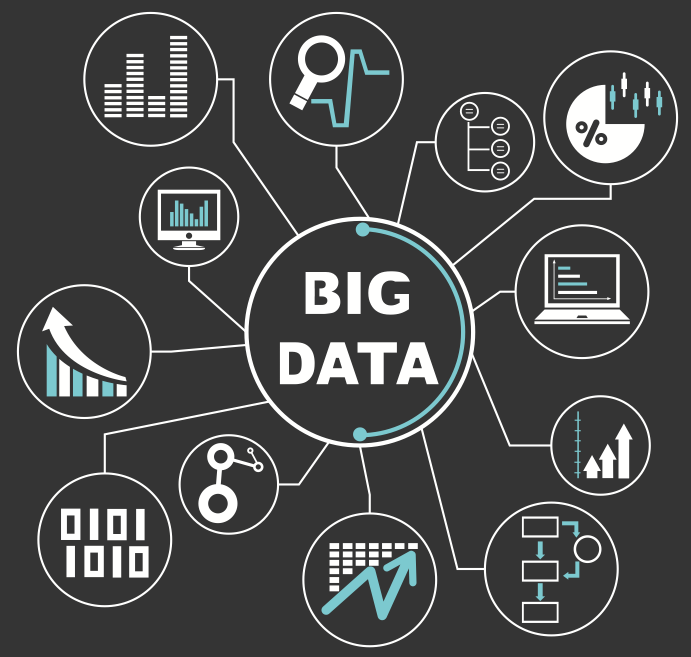Big Data Means Big Business – Seeing Social Analytics into Action
Big data is actually a big Buzzword in the public relation circle these days, in fact, smart brands have figured out how to filter social media noise and have converted it into actionable insights that support their business functions such as marketing strategy, public relations and customer service.
At the 2013 Public Relation Society of America (PRSA) Digital Impact Conference that was held on June 27th and 28th in New York City, Marketwired’s Vice President of Agency Sales and Services David Johnson discussed how businesses could turn data into action during the “Big Data = Big Business: Put Social Media Analytics into Action” session.
 During this session, Johnson shared his insights on how brands can successfully filter through millions of status updates, check ins, videos, photos and many other digital “breadcrumbs” in order to understand and uncover valuable, meaningful insights.
During this session, Johnson shared his insights on how brands can successfully filter through millions of status updates, check ins, videos, photos and many other digital “breadcrumbs” in order to understand and uncover valuable, meaningful insights.
“For PR pros, success does not depend on having access to massive sets of data. It depends on having access to the right data,” said Johnson. “It’s critical for PR professionals to embrace the power that data brings to their jobs and for them to know how to find the specific information they need in order to make the best decisions for their clients or brand.”
Marketwired was one of the co-presenters for this year’s PRSA Digital Impact Conference. They’re focus was based on educating the attendees about solutions for social media monitoring tips and finding the best practices for PR Practitioners.
The Big Data Buzz is actually been making headlines, but the crossover into the social media realm has just recently been explored. Although many social media marketers focus specifically on measuring likes, they overlook the real value that social activity provides to brands, in terms of demographics and psychographic information that consumers are willingly giving away. There isn’t value in just collecting data, but it’s more important to analyze and integrate good data trends into future business strategies.
In this area, Social and Data experts are looking into how social media data is actually becoming a recognized force creating actionable business intelligence and deriving strategic insights.
Now, let’s take a look at some of the elements that are known to influence the data sets:
The Influencers
Influencers are people who have a very large network and are actually able to spread messages like wildfire simply through their network. These influencers can actually help your organization, if you where to find them and how you’ll approach them.
As Michael Wu describes in his post, there are actually six different forms of data sets that can be used to locate these influencer’s:
1. Participation velocity data: The amount of blogs and tweets that are posted on a specific topic and how often does someone share information using social network.
2. Social equity data: The amount of visitors to a blog or the amount of followers a person has on their social network.
3. Reciprocity data: the amount of others citing someone else’s posts, comments and tweets. The more a person is cited, shows their reliability.
4. Reputation data referring to Klout Score, which reveals some information about a person’s credibility.
5. Self-proclaimed data: Data that is posted by the user themselves such as LinkedIn, so if influencers post it it’ll be considered less reliable.
6. Social graph data: how is the influencer’s network established and what are their relationships.
| Sitemap | Links | Copyright 2024 Best-Practice.com. All Rights Reserved. |

